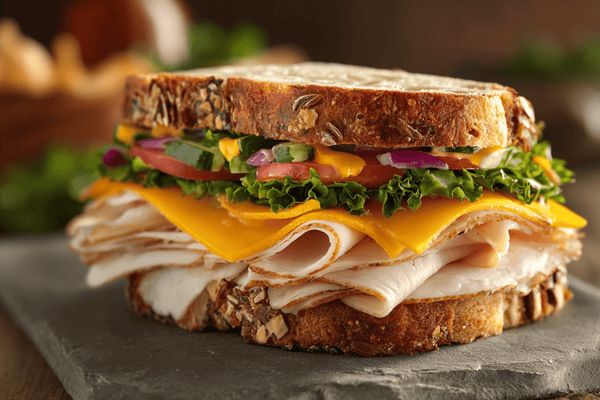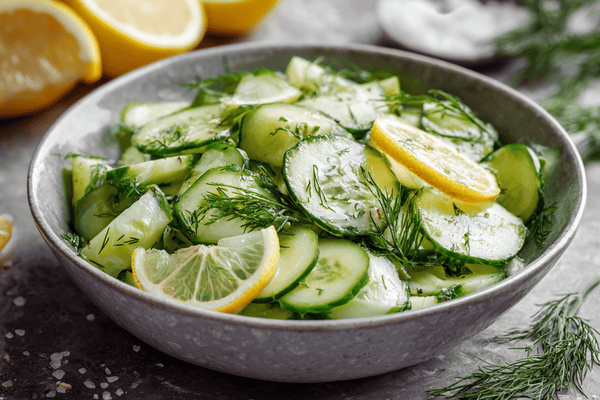
How you set your table can make a big difference in the overall aesthetic of your dining experience. Silverware placement is an essential element of table setting, and it can be functional and decorative. Knowing how to arrange your silverware correctly makes your table look beautiful and makes it easier for your guests to navigate their meal. This article will explore the art of silverware placement, including basic rules, advanced techniques, and creative ideas.
Table of content
Basic Rules of Silverware Placement
The basic rules of silverware placement are essential to creating a well-organized and functional table setting. These rules will help you to create a place setting that is easy to navigate and aesthetically pleasing. Here are the basic rules of silverware placement:
1. The Fork Goes on the Left
The fork should be placed on the left side of the plate, with the tines facing up. This is the most basic rule of silverware placement and should be followed for every place setting.
2. The Knife Goes on the Right
The knife should be placed on the right side of the plate, with the blade facing the plate. If you are serving a salad, you can place a salad knife to the left of the dinner knife.
3. Spoons Go to the Right of the Knife
Spoons should be placed to the right of the knife, with the bowl of the spoon facing up. If you are serving soup, you can place a soup spoon to the right of the teaspoons.
4. Dessert Silverware Goes Above the Plate
Dessert silverware should be placed above the plate, with the fork or spoon facing down. If you are serving both a fork and a spoon, place the spoon on top of the fork.
5. Bread Plate Goes to the Left of the Fork
The bread plate should be placed to the left of the fork, with a butter knife resting diagonally across the plate.
Advanced Techniques for Silverware Placement
Once you have mastered the basic rules of silverware placement, you can start to experiment with more advanced techniques. These techniques can help you to create a more elaborate and decorative table setting. Here are some advanced techniques for silverware placement:
The Zigzag
The Zigzag is an advanced technique for silverware placement that involves placing the fork, knife, and spoon in a diagonal line across the top of the plate. This technique creates a more dynamic and interesting look for your table setting. Here's how to create a Zigzag placement:
- Start by placing the dinner plate in the center of the place setting.
- Place the dinner fork to the left of the plate, with the tines facing up.
- Place the dinner knife to the right of the plate, with the blade facing the plate.
- Place the teaspoon to the right of the knife, with the bowl of the spoon facing up.
- Take the salad fork and place it to the left of the dinner fork, with the tines facing up and pointing towards the center of the table.
- Take the soup spoon and place it to the right of the teaspoon, with the bowl of the spoon facing up and pointing towards the center of the table.
- Adjust the placement of the silverware so that they form a diagonal line across the top of the plate, creating a Zigzag pattern.
The Zigzag placement is a creative and modern twist on traditional silverware placement. It can be especially effective if you are using colorful or unique silverware, as it draws attention to the silverware and adds visual interest to the table setting. It's important to make sure that the silverware is evenly spaced and aligned to create a cohesive look. This placement can be used for both casual and formal occasions, depending on the type of silverware and overall aesthetic of the table setting.
The Formal Place Setting
The Formal Place Setting is a technique for silverware placement that is typically used for more formal occasions, such as weddings, fancy dinner parties, or other special events. It involves placing multiple forks and spoons on either side of the plate, creating an elaborate and elegant table setting. Here's how to create a Formal Place Setting:
- Start by placing the dinner plate in the center of the place setting.
- Place the dinner fork to the left of the plate, with the tines facing up. The salad fork should be placed to the left of the dinner fork, also with the tines facing up.
- To the right of the plate, place the dinner knife, with the blade facing the plate. If you are serving a fish course, you can place a fish knife to the right of the dinner knife. Next, place the soup spoon to the right of the knives, with the bowl of the spoon facing up. If you are serving a dessert course, you can place a dessert fork and/or spoon above the plate, with the fork on the left and the spoon on the right.
- Place the water glass above the dinner knife, and any other glasses to the right of the water glass.
- Place the bread plate to the left of the forks, with a butter knife resting diagonally across the plate.
The Formal Place Setting is an elegant and sophisticated way to present a table setting. It's important to make sure that the silverware is evenly spaced and aligned to create a cohesive and polished look. This type of silverware placement is often used for special occasions or formal events where presentation is important. If you're hosting a formal event, consider using high-quality silverware and fine china to complement the Formal Place Setting.
The Buffet Place Setting
The Buffet Place Setting is a type of silverware placement that is used for self-service meals. In this type of setting, all the silverware is placed at the beginning of the buffet line, and guests can pick up what they need as they move through the line. Here's how to create a Buffet Place Setting:
- Set up a table or counter at the beginning of the buffet line.
- Place plates at the beginning of the line, so guests can pick up a plate before they begin to serve themselves.
- Arrange the silverware in a neat and organized manner at the beginning of the line. You can place the forks in one container, the knives in another, and the spoons in a third. If you are serving other utensils, such as tongs or serving spoons, you can place them in a separate container.
- Place napkins next to the silverware so guests can grab one as they pick up their silverware.
- Place glasses or cups next to the silverware so guests can grab a drink as they move through the line.
The Buffet Place Setting is a practical and efficient way to serve a large number of people at once. It's important to make sure that the silverware is organized and easily accessible, so guests can serve themselves quickly and efficiently. If you're hosting a buffet-style meal, consider using sturdy and durable silverware that can withstand the wear and tear of frequent use. Additionally, it's a good idea to have extra silverware and napkins on hand in case they run out during the event.
Creative Ideas for Silverware Placement
Silverware placement doesn't have to be boring or predictable. With a little creativity, you can create a unique and memorable table setting that will impress your guests. Here are some creative ideas for silverware placement:
Folded Napkin
Folded napkins can be used as a decorative element in your table setting, and they can also be used to hold your silverware. Here is a step-by-step guide on how to fold a napkin in a simple yet beautiful way:
- Lay the napkin flat on a clean surface.
- Fold the napkin in half diagonally to create a triangle shape.
- Fold the left corner of the triangle towards the center, about one-third of the way across the napkin.
- Repeat step 3 with the right corner of the triangle.
- Fold the bottom point of the triangle up towards the top point, creating a diamond shape.
- Flip the napkin over and fold the left and right sides towards the center, about one-third of the way across the napkin.
- Tuck the top point of the diamond shape into the folded flaps on the back of the napkin.
- Stand the napkin up on its folded edge, and adjust the corners and edges until the napkin stands up straight and looks even on all sides.
This folded napkin can be used to hold your silverware or placed on top of your dinner plate as a decorative element.
Colorful Silverware
Using colorful silverware can add a pop of color to your table setting and create a fun and playful atmosphere. You can mix and match different colors and patterns to create a unique and eclectic look.
Non-Traditional Placement
You don't have to follow the traditional rules of silverware placement. You can experiment with different placement options, such as placing the silverware on the plate or using a small dish to hold the silverware.
Personalized Silverware
Personalized silverware can add a special touch to your table setting and make your guests feel extra special. You can have your silverware engraved with your guests' names or initials, or you can use decorative tags to label each place setting.
FAQ
Q: How many pieces of silverware should be included in a place setting?
A: A typical place setting includes a dinner fork, salad fork, dinner knife, soup spoon, and teaspoon. However, this can vary depending on the meal being served and the level of formality.
Q: Can I use different types of silverware in a place setting?
A: Yes, you can mix and match different types of silverware to create a unique and eclectic look. However, it's important to make sure that the silverware is cohesive and complements the overall aesthetic of the table setting.
Q: How do I know which silverware to use for each course?
A: The general rule is to work your way from the outside in. The silverware farthest from the plate is typically used for the first course, and the silverware closest to the plate is used for the last course.
Q: Can I place the silverware on the plate instead of next to it?
A: Yes, you can place the silverware on the plate instead of next to it. This can create a more casual and relaxed atmosphere, and it can also save space on the table.
Conclusion
Silverware placement is an essential element of table setting, and it can significantly impact the overall aesthetic of your dining experience. Whether you are hosting a formal dinner party or a casual family gathering, knowing how to arrange your silverware correctly can make a big difference.
By following the basic rules of silverware placement and experimenting with advanced techniques and creative ideas, you can create a beautiful and memorable table setting that will be sure to impress your guests.


